Bahrain Flag Meaning
A white band on the hoist side separated from a red field by a serrated line with five triangular points, representing peace and the five pillars of Islam, while the red represents the Kharijite sect of Islam that historically dominated the region.
- Continent
- Asia
- Adopted
- 2002
- Ratio
- 3:5
- Colors
- red, white
- Designer
- Unknown
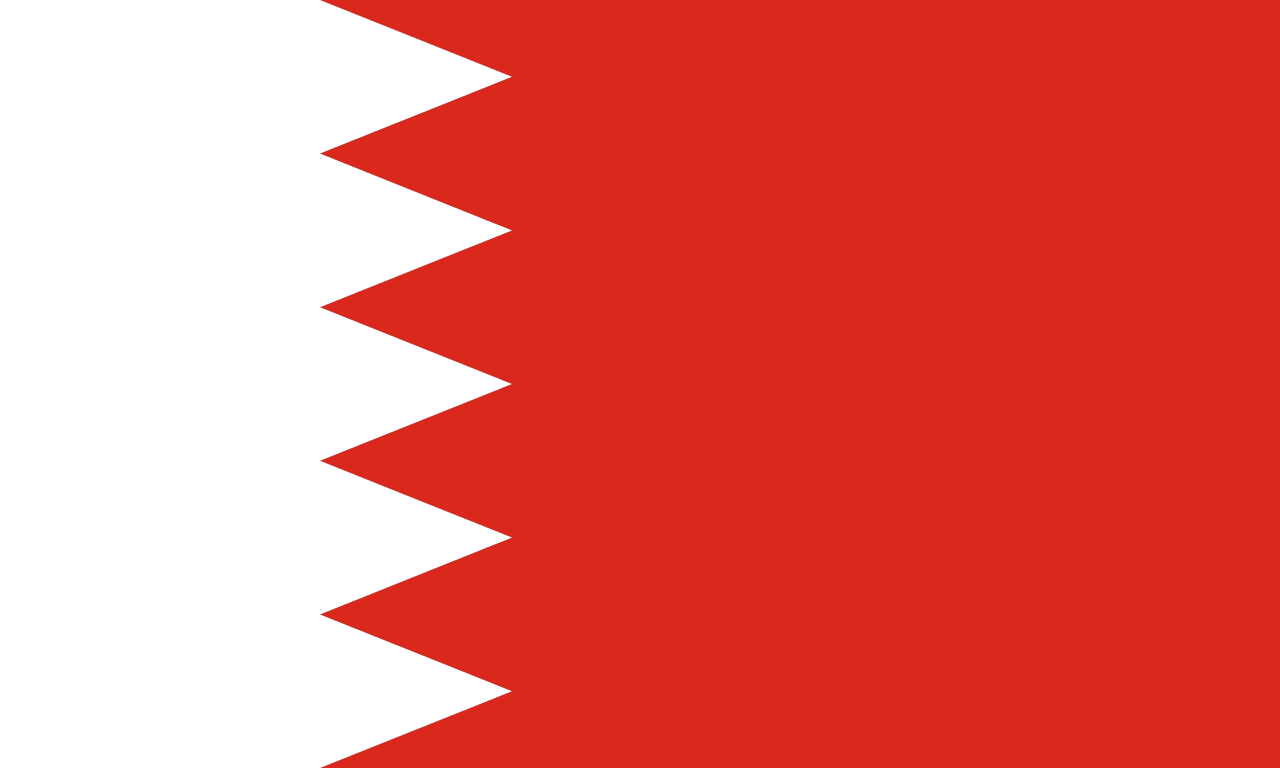
Symbolism
White Band: Represents peace, purity, and the pearl diving heritage that made Bahrain wealthy before oil discovery, symbolizing the peaceful nature of the Bahraini people and their desire for harmony.
Red Field: Represents the Kharijite sect of Islam historically practiced in the region and connects Bahrain to other Gulf states that use red in their flags, symbolizing courage and the strength of faith.
Five Triangular Points: Added in 2002 to represent the five pillars of Islam (Shahada, Salat, Zakat, Sawm, Hajj), distinguishing Bahrain's flag from similar designs and emphasizing the nation's Islamic identity.
Serrated Line: The zigzag pattern between white and red creates a unique design that makes Bahrain's flag distinctive among Gulf states while maintaining the traditional red and white color scheme of the region.
History
- Ancient Times: Bahrain was the center of the ancient Dilmun civilization, a major trading hub between Mesopotamia and the Indus Valley, with archaeological evidence showing 4,000 years of continuous habitation.
- 7th Century: Islam arrived in Bahrain during the Prophet Muhammad's lifetime, with the island's ruler converting voluntarily, making Bahrain one of the first regions to embrace Islam peacefully.
- 1521-1602: Portuguese control of Bahrain was part of their Indian Ocean empire, but local resistance and Persian intervention eventually ended Portuguese rule in the Gulf region.
- 1783: The Al Khalifa family conquered Bahrain from the Persians and established the ruling dynasty that continues today, making it one of the world's longest-ruling families.
- 1820: The General Maritime Treaty with Britain established the Trucial States system, making Bahrain a British protectorate while allowing the Al Khalifa to maintain internal autonomy.
- 1932: Oil was discovered in Bahrain, making it the first Gulf state to find oil and beginning the transformation from a pearl diving economy to a modern oil-based state.
- 1968: Britain announced withdrawal from the Gulf, leading to discussions about federation with other Trucial States, though Bahrain ultimately chose independence over union with the UAE.
- August 15, 1971: Bahrain gained independence from Britain under Emir Isa bin Salman Al Khalifa, adopting a simple red and white flag similar to other Gulf states.
- 1973-1975: Bahrain's first National Assembly was elected, but political tensions between the Sunni ruling family and Shia majority population led to its dissolution after two years.
- 2001: Emir Hamad bin Isa Al Khalifa became King, declaring Bahrain a kingdom and implementing constitutional reforms including the restoration of parliament and women's political rights.
- February 14, 2002: The current flag was adopted with five triangular points representing the five pillars of Islam, coinciding with the constitutional monarchy reforms and National Action Charter.
- 2011: The Arab Spring brought massive protests led by the Shia majority demanding political reforms, which were suppressed with help from Saudi and UAE forces under the GCC Peninsula Shield Force.
- 2017-Present: The Gulf diplomatic crisis isolated Qatar, while Bahrain has strengthened ties with Saudi Arabia and the UAE, and normalized relations with Israel in 2020 as part of the Abraham Accords.
Trivia
- Bahrain is an archipelago of 33 islands in the Persian Gulf, connected by causeways and bridges, with Bahrain Island being the largest and most populated.
- The flag represents the world's smallest Arab state by land area, smaller than New York City, but strategically located between Saudi Arabia and Qatar.
- Bahrain is home to the Formula One Bahrain Grand Prix, held at the Bahrain International Circuit, which has become a major sporting event in the Middle East.
- The country was historically famous for its natural pearls, which were considered the finest in the world before the Japanese cultured pearl industry devastated the Gulf pearl trade.
- Arabic is the official language, but English is widely spoken due to Bahrain's role as a regional business hub and its diverse expatriate population.
- The flag flies over a country that is about 70% Shia Muslim but ruled by a Sunni monarchy, creating ongoing sectarian tensions and political challenges.
- Bahrain has positioned itself as the banking capital of the Gulf, with numerous international banks and Islamic financial institutions headquartered in Manama.
- The Bahrain World Trade Center features the world's first wind turbines integrated into a building design, symbolizing the country's attempts to diversify beyond oil.
- Traditional architecture includes wind towers and coral stone buildings, though modern skyscrapers now dominate the Manama skyline as the country modernizes rapidly.
- Bahrain is connected to Saudi Arabia by the King Fahd Causeway, a 25-kilometer bridge that has transformed trade and travel between the two countries.
- The flag represents a country where women have greater rights than in many Gulf states, including the right to drive, vote, and run for office since the early 2000s.
- Traditional Bahraini cuisine blends Arab, Persian, and Indian influences, with dishes like machboos (spiced rice with meat) and muhammar (sweet rice) being popular.
- The country has successfully diversified its economy beyond oil, with petroleum now comprising less than 20% of GDP, unlike most other Gulf states.
- Bahrain's population is about 50% expatriate, creating a cosmopolitan atmosphere but also tensions over employment and cultural identity among Bahraini citizens.
- The Tree of Life, a 400-year-old mesquite tree growing alone in the desert, has become a symbol of Bahrain's resilience and ability to thrive in harsh conditions.
Related Countries
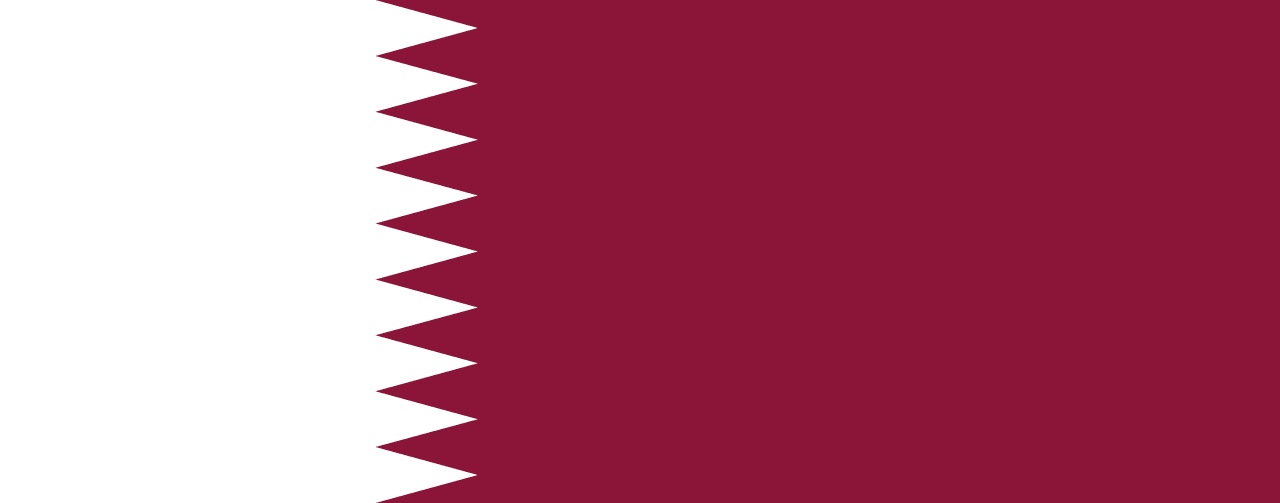
Qatar
Asia
A national flag divided vertically with a broad white band on the hoist and a larger maroon field separated by nine white serrated points. Qatar’s unique flag ratio and color reflect its history and independence.
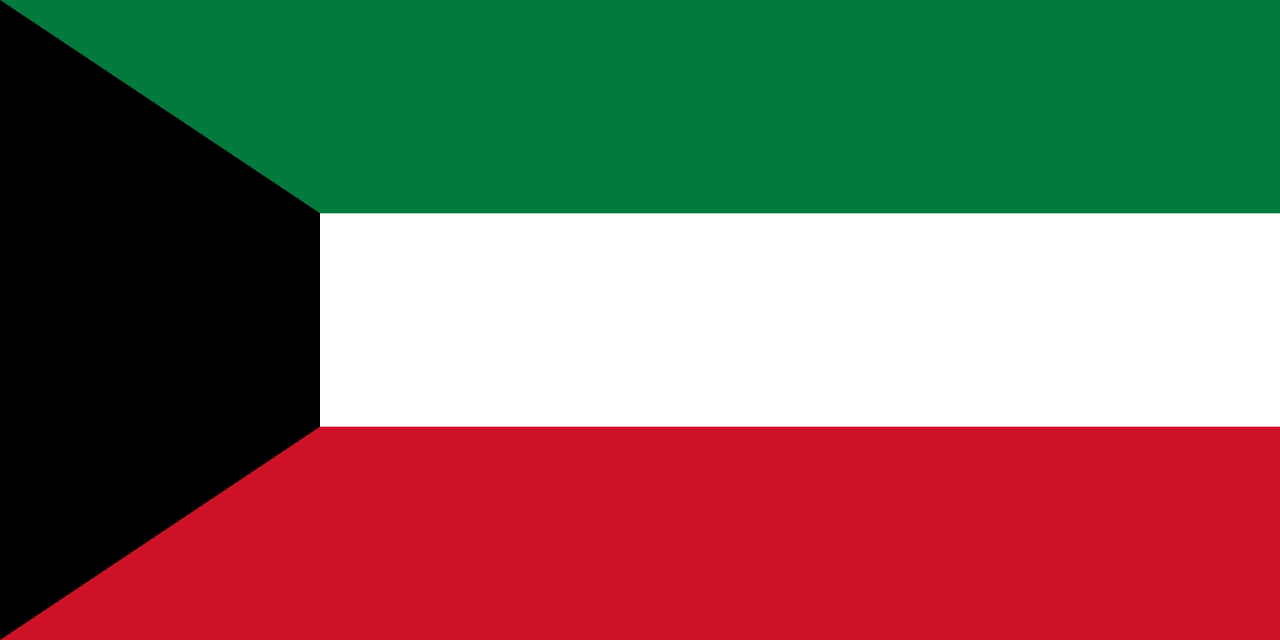
Kuwait
Asia
Three horizontal stripes of green, white, and red with a black trapezoid on the hoist side, representing Kuwait's position in the Arab world and its transformation from pearl diving to oil wealth in the Arabian Gulf.
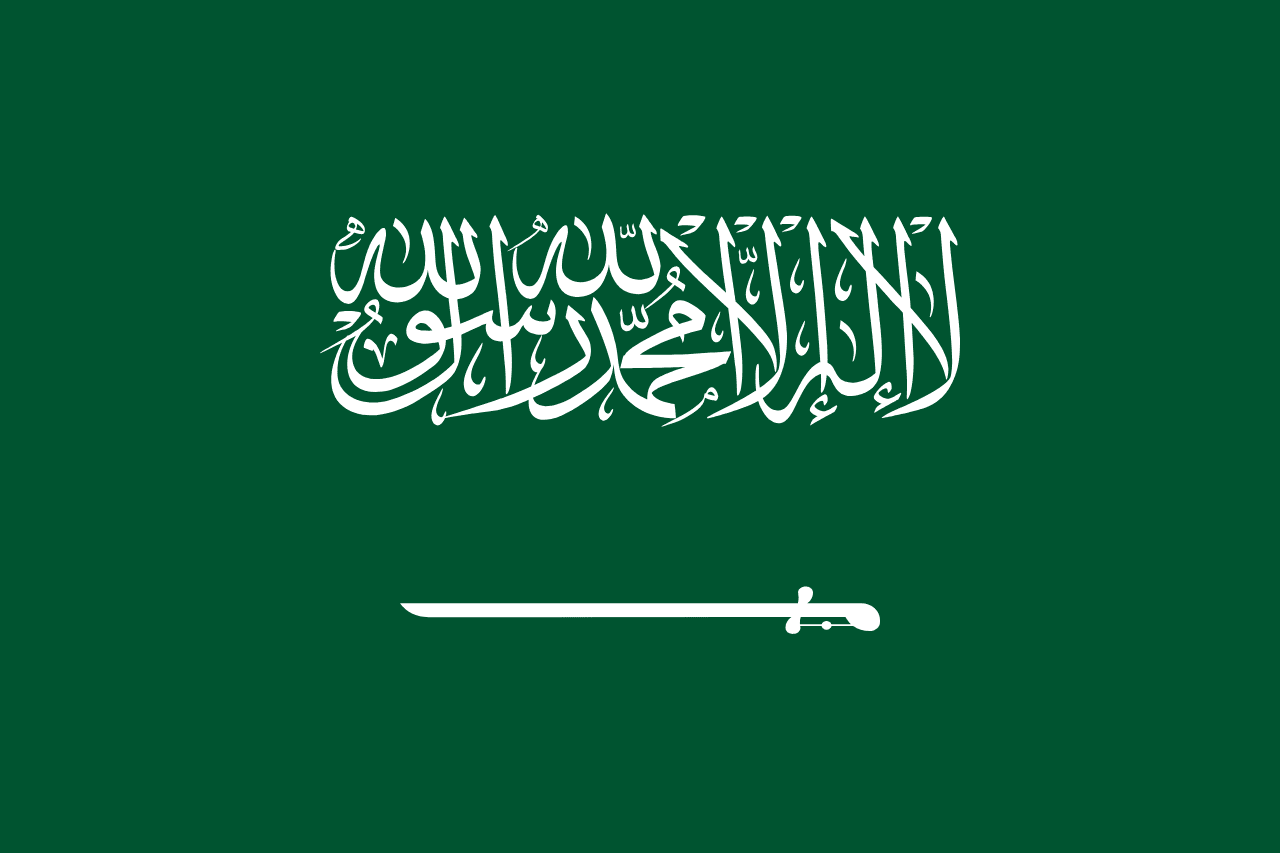
Saudi Arabia
Asia
A green field with the Islamic declaration of faith (shahada) in white above a horizontal sword. The design emphasizes Islam as the foundation of the state.
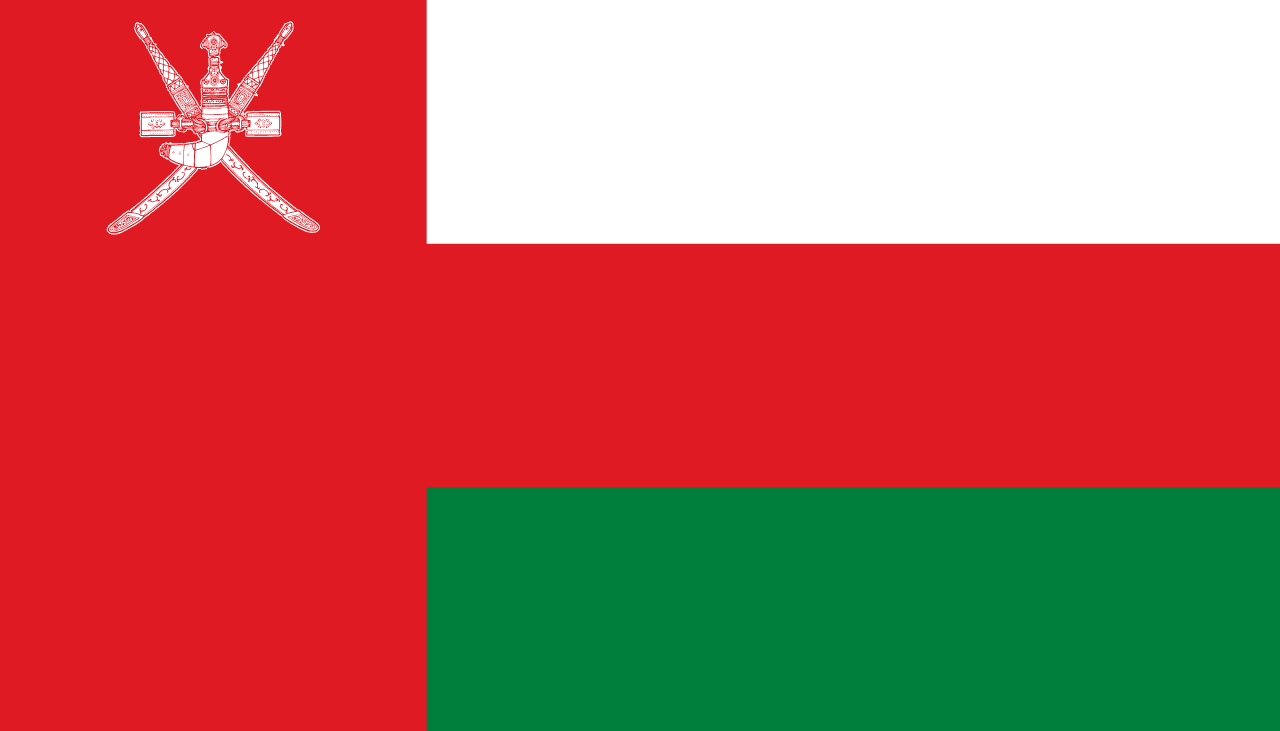
Oman
Asia
Three horizontal stripes of white, red, and green with a vertical red band at the hoist containing the national emblem. The design reflects Oman’s heritage, unity, and natural environment.
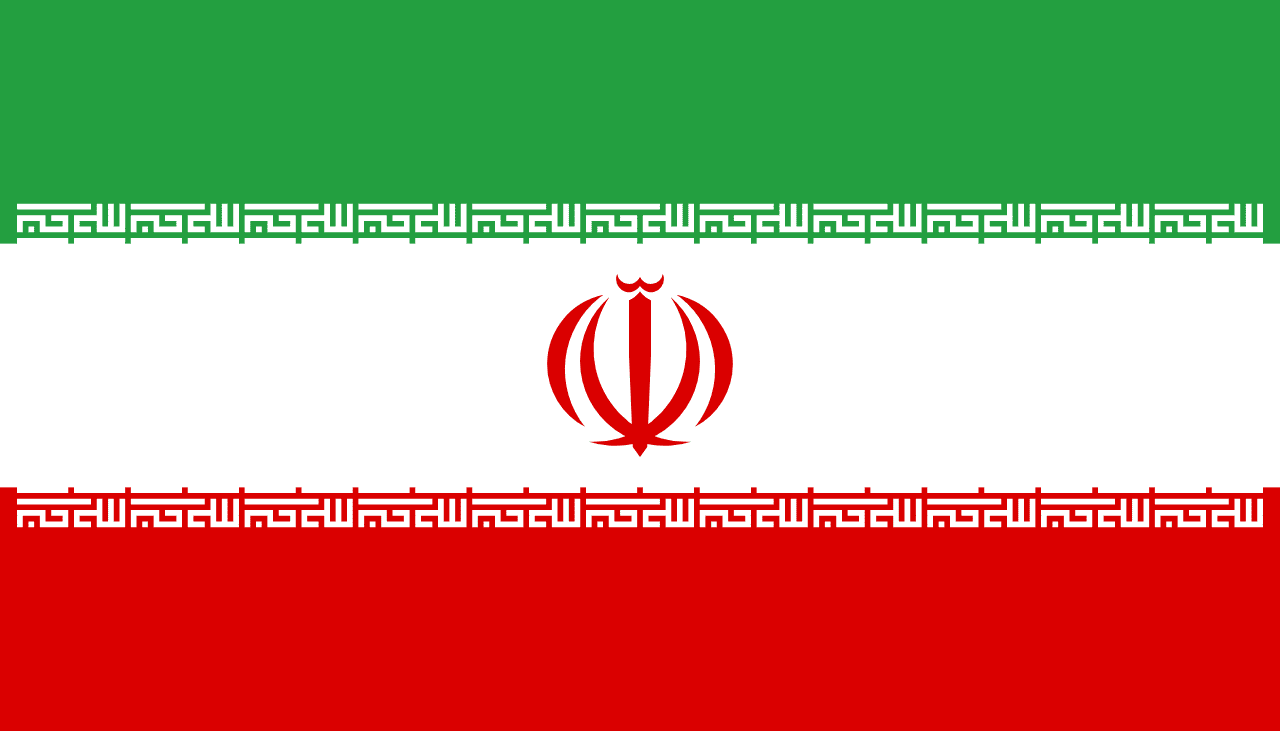
Iran
Asia
Three horizontal stripes of green, white, and red with a stylized emblem in the center and repeated 'Allahu Akbar' text along the borders, representing the Islamic Republic of Iran and the principles of the 1979 Islamic Revolution.
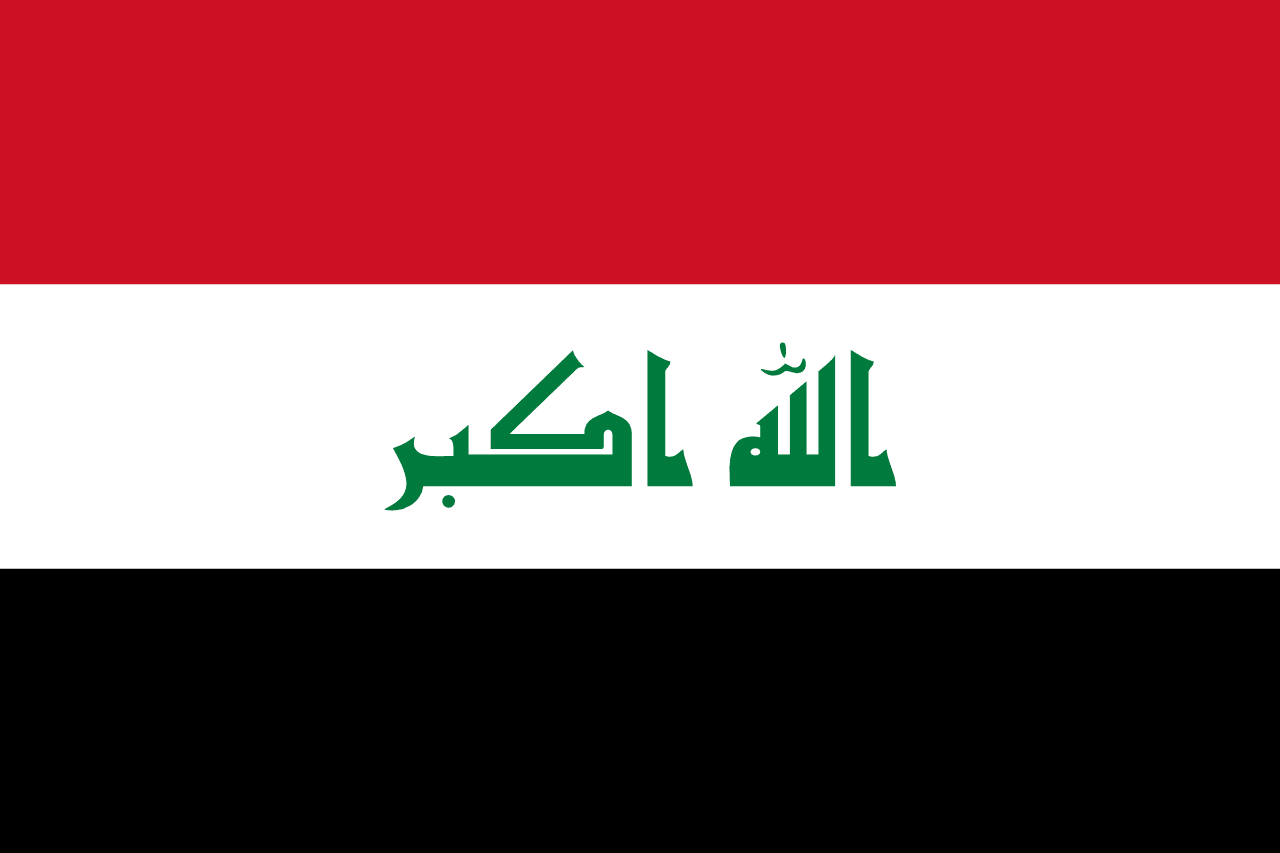
Iraq
Asia
Three horizontal stripes of red, white, and black (Pan-Arab colors) with 'Allahu Akbar' (God is Greatest) written in green Arabic Kufic script across the white stripe, representing Arab unity, Islamic faith, and Iraqi sovereignty.